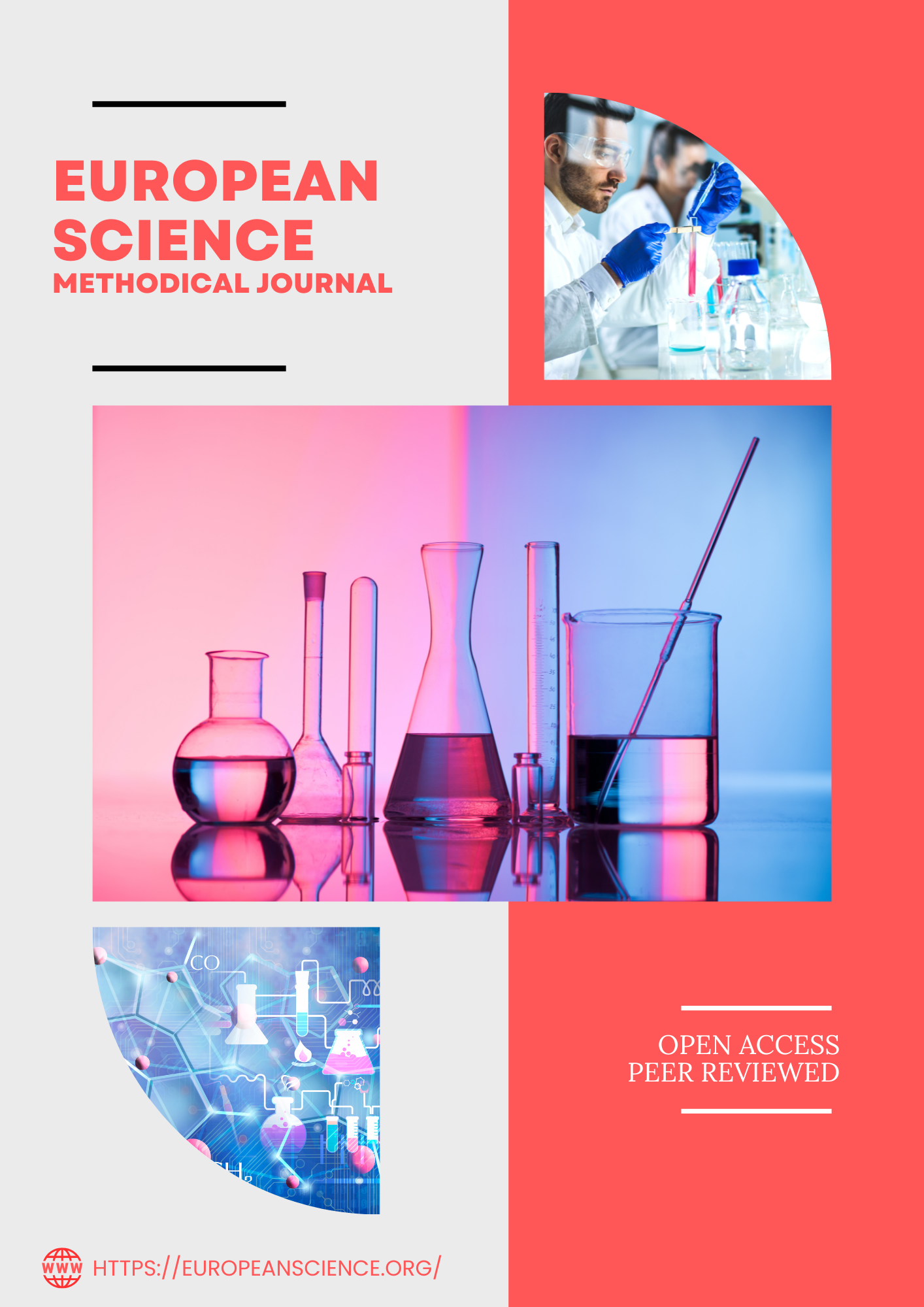ARTIFICIAL INTELLIGENCE TECHNIQUES FOR INTELLIGENT CAR AUTONOMOUS DECISION MAKING ON HIGHWAYS
Keywords:
Artificial Intelligence (AI), Deep Reinforcement Learning (DRL), SVM, Machine Learning (ML), Autonomous Car, Deep Learning (DL).Abstract
Decision-making needs to be improved because it is difficult to make decisions for an Autonomous Car (AC) that will prevent deadly traffic accidents, provide comfort and safety, and reduce traffic. Artificial Intelligence (AI) has used a variety of methods and approaches to address these problems, such as Machine Learning (ML) algorithms in conjunction with Deep Learning (DL) techniques. Because it allows for real-time decision-making, object detection, and automation of driving systems, artificial intelligence has emerged as a key component in the development of autonomous cars. This paper creates a policy for autonomous cars decision-making that uses artificial intelligence to handle overtaking tendencies on highways. First, a highway driving environment must be established in which the ego automobile seeks to safely and efficiently navigate through the other cars. The significance of artificial intelligence in driverless cars is examined in this study. The artificial gathers and analyzes data from all of the car's sensors. The car's driving mechanism uses the retrieved data as input. Therefore, artificial intelligence can make choices more quickly in real time by using a perception algorithm. In order to address the overtaking behaviors on highways, we developed a Deep Reinforcement Learning (DRL)-powered autonomous car decision-making system in this study. This is a novel version of the well-known Support Vector Machine (SVM) technique. These cars are controlled using a hierarchical control structure, meaning that the lower level is concerned with monitoring the car's speed and acceleration while the upper level controls driving decisions. The thorough computational processes of the SVM-DRL algorithms are examined and contrasted. To assess the efficacy of the suggested roadway decision-making policy, a number of estimation simulation experiments are carried out. The suggested framework's benefits in terms of control performance and convergence rate are highlighted. The findings of the simulation indicate that highway driving tasks can be completed safely and effectively by the DRL-based overtaking policy. Additionally, we put the learnt decision policy to the test on an actual in normal highway traffic; an autonomous car will execute overtaking decisions and control.
Downloads
Published
Issue
Section
License

This work is licensed under a Creative Commons Attribution-NonCommercial 4.0 International License.















